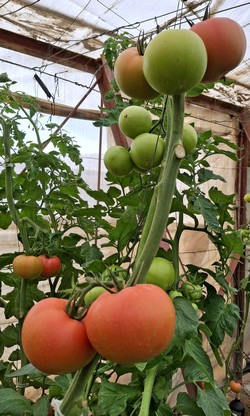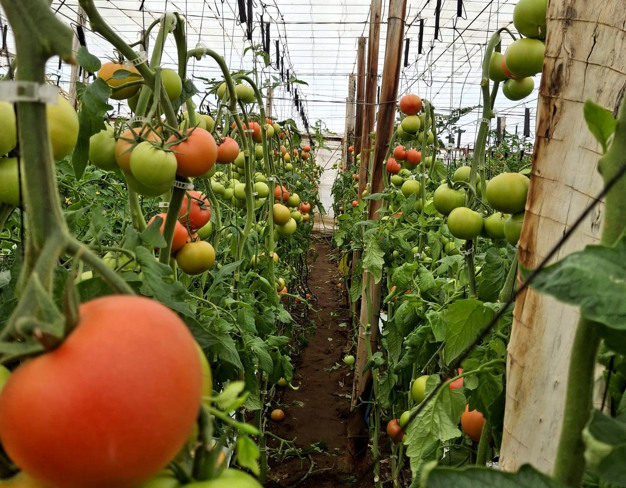The tomato season in Almeria, which will continue until May/June, is approaching its halfway point following the coldest week of the year, with prices recovering after the drop they recorded after Christmas.
"This is especially noticeable in the case of specialty tomatoes, which are reaching quite acceptable prices," says Celedonio Pleguezuelos, producer and member of the CASI governing board. "In fact, the cold has allowed them to reach higher Brix degrees, and has been especially good for ribbed tomatoes."

"The rise hasn't been as noticeable for red smooth or long-life tomatoes; nevertheless, we hope that prices will remain at the current level in February, which tends to be a difficult month, because consumption seems to stagnate, and, at the same time, we see a greater influx of tomatoes from Morocco, Algeria, and Turkey into Europe," he says.
This year, and according to information provided by the Spanish Ministry of Agriculture's "Reinforced monitoring of tomato imports by the EU" report, there has been a significant increase in tomato imports from third countries at the start of the season, with 28% more tons between September and November compared to the previous season.
Purchases from Morocco, in particular, have been 46.5% greater in November than in the 2023/24 campaign when there were delays due to the impact of high temperatures and drought. However, shipments have slowed down and, according to the European Commission's Taxation and Customs Union database, Moroccan tomato exports to the EU have so far dropped by 3% compared to last season, despite the initial increase.
"A season starting 2 or 3 weeks earlier, which may not seem like much, can lead to productions overlapping with ours, causing prices to sink, which is what happened last year. Luckily, this year's situation has been different. You must keep in mind that with prices below 1 euro per kilo, we can't even cover the production costs of the tomatoes," says Celedonio.

"Also, just like us, they are having issues with plantations affected by viruses," says Celedonio while walking around one of his greenhouses in La Cañada, where he grows pink, smooth, and ribbed tomatoes. "We have noticed the improvement in the new varieties, which are tolerant to the viruses, but not 100% resistant. The lack of resistance is particularly noticeable in the farms which had already been affected in previous years. When the plants suffer stress due to the cold, they become more vulnerable to contagion."
